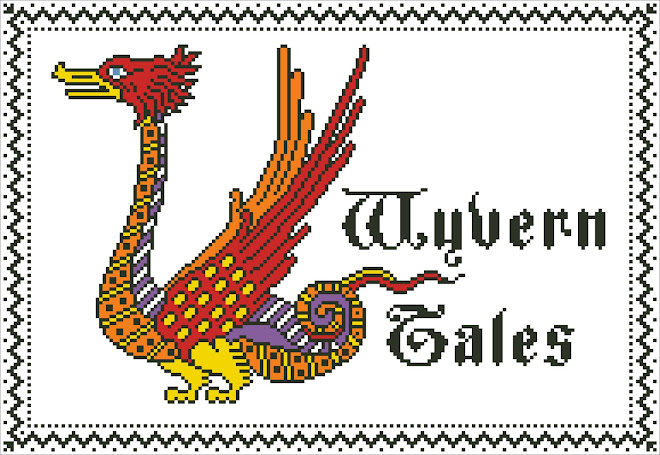 The simple heart symbol that we all know from childhood valentines seems to have originated in the Mesopotamian region and moved west. This is a 6th/7th-century semvir from a Sassanian silk fabric. It is interesting to note that the "heart" is placed where it should be, anatomically, but it is impossible to know whether the symbol was used as a simple design or signified something more. However, it would probably be safe to say that we are looking at a simple design with no other meaning.
The simple heart symbol that we all know from childhood valentines seems to have originated in the Mesopotamian region and moved west. This is a 6th/7th-century semvir from a Sassanian silk fabric. It is interesting to note that the "heart" is placed where it should be, anatomically, but it is impossible to know whether the symbol was used as a simple design or signified something more. However, it would probably be safe to say that we are looking at a simple design with no other meaning.
 "Semis" (overall patterning) of hearts are found in 11th- and 12th-century Byzantine art, such as this field of hearts from an enamelled medallion on an icon frame currently in the Metropolitan Museum of Art in New York. Generally speaking, these Byzantine hearts were depicted upside down from how we are familiar with the motif.
"Semis" (overall patterning) of hearts are found in 11th- and 12th-century Byzantine art, such as this field of hearts from an enamelled medallion on an icon frame currently in the Metropolitan Museum of Art in New York. Generally speaking, these Byzantine hearts were depicted upside down from how we are familiar with the motif.
 This border of repeating, offset hearts is from an 11th/12th-century fragment of knitting found in Egypt. The piece is currently in the Geneva Museum of Art. Note that the heart motif has moved from Mesopotamia through Byzantium and into Arabic Egypt.
This border of repeating, offset hearts is from an 11th/12th-century fragment of knitting found in Egypt. The piece is currently in the Geneva Museum of Art. Note that the heart motif has moved from Mesopotamia through Byzantium and into Arabic Egypt.
 Also from Egypt is this border from an 11th/12th-century silk tapestry.
Also from Egypt is this border from an 11th/12th-century silk tapestry.
 An embroiderer in 13th/14th-century Egypt worked this lovely floriated heart, the original of which is in the Ashmolean Museum in Oxford.
An embroiderer in 13th/14th-century Egypt worked this lovely floriated heart, the original of which is in the Ashmolean Museum in Oxford.
 Another Egyptian embroiderer stitched this lively heart border sometime between the 13th and 16th centuries. This, too, resides in the Ashmolean Museum.
Another Egyptian embroiderer stitched this lively heart border sometime between the 13th and 16th centuries. This, too, resides in the Ashmolean Museum.
 And finally, although Lucas Cranach the Elder may have meant these to be apples, his woodcut, done in Germany in the 16th century, certainly seems to incorporate some fine apples with the violets! The original is now in Berlin.
I think it is rather fun to know that you are sending a rather old symbol, found on the figure of a mythological Sassanian creature, to your loved one on Valentine's Day.
And finally, although Lucas Cranach the Elder may have meant these to be apples, his woodcut, done in Germany in the 16th century, certainly seems to incorporate some fine apples with the violets! The original is now in Berlin.
I think it is rather fun to know that you are sending a rather old symbol, found on the figure of a mythological Sassanian creature, to your loved one on Valentine's Day.
(Please note: The colors shown in the examples are not the original colors.)

